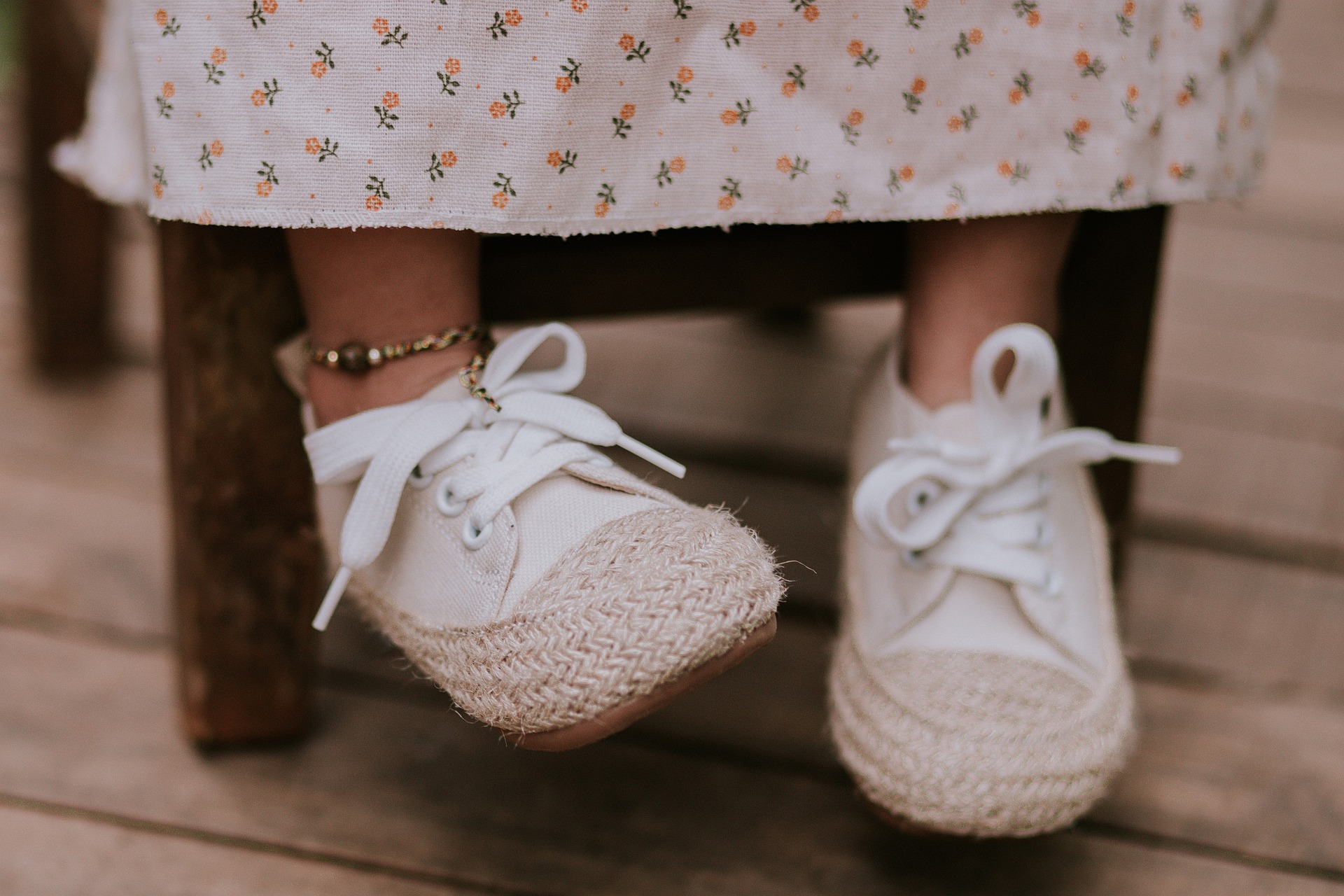Barefoot shoes, also known as minimalist shoes, have gained popularity due to their design that mimics the natural shape and function of the human foot. This article delves into what Barefoot Shoes are, their benefits, the conditions they are suitable for, and how they compare with other types of footwear.
What Are Barefoot Shoes?
Barefoot Shoes are a type of footwear designed to simulate the feeling of walking barefoot. They have a minimalistic design that allows for natural movement and sensory feedback from the ground. Barefoot shoes typically feature a thin sole, wide toe box, and no arch support, allowing the foot to move more naturally.
Benefits of Barefoot Shoes
Barefoot shoes are believed to offer several benefits:
-
Improved Foot Strength: The lack of arch support encourages the foot muscles to work harder, potentially strengthening them over time.
-
Enhanced Balance and Proprioception: The thin sole allows for better ground feel, improving balance and proprioception.
-
Natural Gait: The design promotes a more natural walking and running gait, which can reduce the risk of injuries.
-
Reduced Foot Pain: Many users report alleviation of foot pain, including plantar fasciitis and heel pain.
When Do You Need Barefoot Shoes?
Barefoot shoes can be particularly beneficial in the following conditions:
-
Plantar Fasciitis: The natural foot movement and lack of arch support can help in stretching and strengthening the foot muscles, potentially alleviating pain.
-
Heel Pain: The cushioning in traditional shoes can sometimes exacerbate heel pain. Barefoot shoes promote a more natural stride.
-
Ankle Pain: Improved balance and proprioception can lead to better ankle stability.
-
Toe Pain: The wide toe box provides ample space for the toes, reducing pain and discomfort.
Are Barefoot Shoes Suitable for Elderly People?
Pros and Cons for Elderly
Pros:
-
Improved Balance: Enhanced ground feel can help elderly people maintain better balance.
-
Foot Strength: Strengthening foot muscles can be particularly beneficial for elderly individuals to maintain mobility.
Cons:
Types and Sizes of Barefoot Shoes
Barefoot shoes come in various types to cater to different needs:
Types:
-
Casual: For everyday wear
-
Running: For running and jogging
-
Hiking: For outdoor activities
-
Waterproof: For wet conditions
Sizes:
-
Available in standard shoe sizes, usually ranging from very small (e.g., US 4) to very large (e.g., US 15), including half sizes.
Barefoot Shoes vs. Other Types of Shoes
Comparison:
Barefoot Shoes:
Traditional Shoes:
-
Pros:
-
Provides cushion and support
-
Immediate comfort for most users
-
Cons:
-
Can lead to foot muscle weakening
-
May exacerbate certain foot conditions
How to Choose Affordable Barefoot Shoes Near You
When selecting Barefoot Shoes, consider these factors:
-
Fit: Ensure the shoes fit well with ample space for toe movement.
-
Purpose: Choose the type based on your primary activity (e.g., running, casual wear).
-
Budget: Compare prices online and in local stores for the best deals.
Top 5 Barefoot Shoe Brands in the USA (2025)
|
Brand
|
Reason for Popularity
|
Price Range (USD)
|
|
Vivobarefoot
|
Sustainable materials, ergonomic design
|
$100 -$200
|
|
Merrell
|
Durable, good for outdoor activities
|
$80 -$150
|
|
Xero Shoes
|
Affordability, lightweight design
|
$60 -$120
|
|
Lems Shoes
|
Comfortable, zero-drop design
|
$90 -$140
|
|
Vibram FiveFingers
|
Unique design, excellent proprioception
|
$70 -$130
|
FAQs
Q1: Can I wear Barefoot Shoes if I have flat feet?
A1: Yes, but it’s recommended to start slowly to allow your feet to adapt.
Q2: How long does it take to get used to Barefoot Shoes?
A2: It can take a few weeks to a few months, depending on individual adaptation.
Q3: Are barefoot shoes suitable for running marathons?
A3: Yes, many runners use them for marathons, but they require proper training and adaptation.
Q4: Can I wear Barefoot Shoes in the winter?
A4: Yes, there are winter-specific barefoot shoes available.
Q5: How do I clean Barefoot Shoes?
A5: Most are machine washable or can be cleaned with mild soap and water.
Barefoot Shoes offer a unique approach to foot health by promoting natural movement and foot strength. While they have numerous benefits, it’s essential to consider individual needs and conditions before making the switch. Choosing the right type and size, and gradually adapting to them, can lead to significant improvements in foot health and overall well-being.
References
-
-
-

